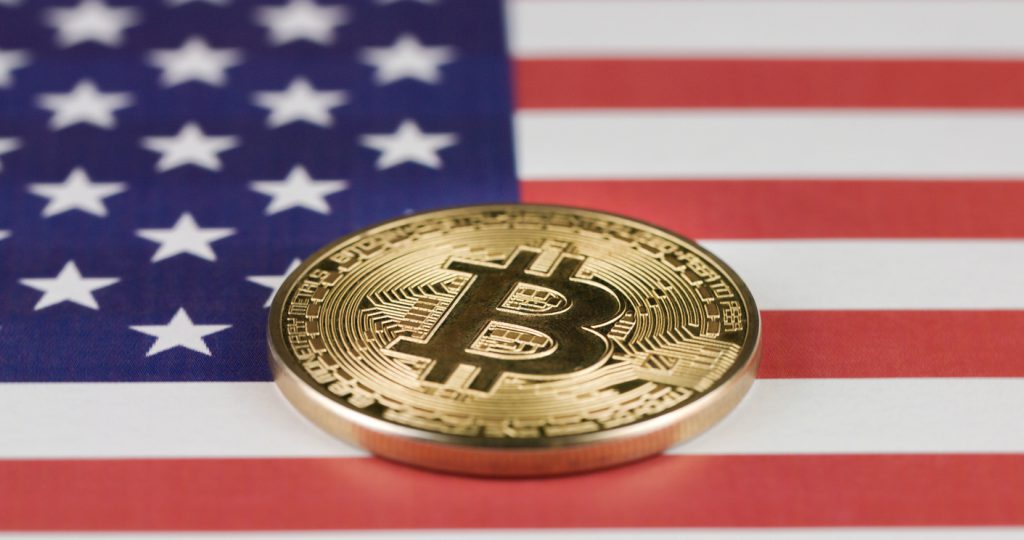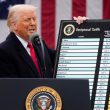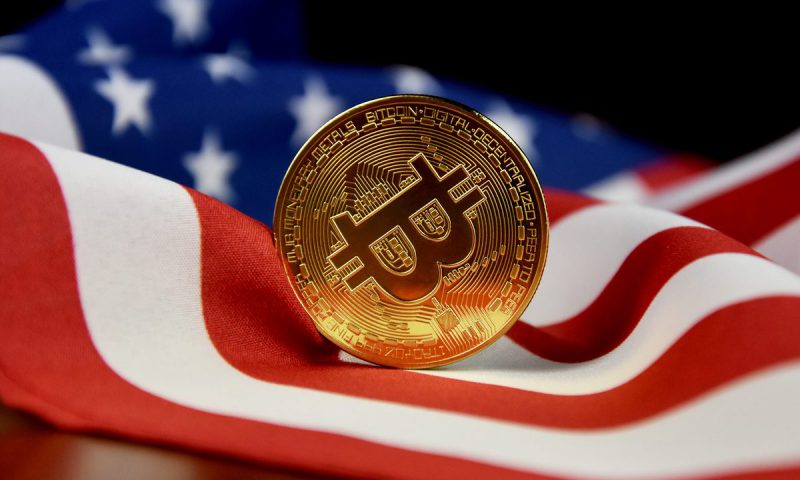With crypto adoption on the macro-rise, regulators have keenly been keeping an eye out on the space. Of late, they’ve also been addressing the elephant in the room. Just a day back, for instance, SEC Chair Gary Gensler said that staked cryptocurrencies could be subject to federal securities regulations.
Read More: Ethereum: ETH’s PoS Shift may fuel ‘Security’ claims
Now, in what is the latest development, the Biden administration has laid out a crypto framework outlining what regulations should look like. Here, it is worth recalling that President Biden had instructed federal agencies to examine the risks and benefits of cryptos and report their findings. The current framework is a response to these findings.
Digital Dollar
US’s stance on CBDCs had been sort of muffled until now. However, it looks like the Biden administration is all set to take a step closer to a digital currency.
Notably, the Federal Reserve will “continue its ongoing CBDC research, experimentation, and evaluation.” More so, because a digital dollar could enable a payment system that is “more efficient, provides a foundation for further technological innovation, facilitates faster cross-border transactions, and is environmentally sustainable.” Furthermore, the released framework added,
“It could promote financial inclusion and equity by enabling access for a broad set of consumers.”
However, it was also emphasized that the digital dollar should be created only if it was in “national interest.” Here, it is also worth recalling that Federal Reserve Chair, Jerome Powell, previously stated the main incentive for the U.S. to launch its own CBDC would be to eliminate cryptos’ use case.
“You wouldn’t need stablecoins; you wouldn’t need cryptocurrencies if you had a digital U.S. currency. I think that’s one of the stronger arguments in its favor.”
Stablecoins


Post the crash of the Terra ecosystem’s UST, stablecoins have been on the radar of regulators. Now, the released framework emphasized that if the said asset class was not tied with regulations, it could prove to be disruptive for investors.
Furthermore, the framework adds that digital assets and the mainstream financial system are becoming “increasingly intertwined.” As a result, turmoils could have “spillover effects.”
So, to make stablecoins “safer,” the Treasury will:
“… work with financial institutions to bolster their capacity to identify and mitigate cyber vulnerabilities by sharing information and promoting a wide range of data sets and analytical tools, as well as team up with other agencies to “identify, track, and analyze emerging strategic risks that relate to digital asset markets.”
Illicit activity
Another section of the new framework by the White House emphasizes illegal activity in the industry and how the government can curb it.
Per the same,
“The President will evaluate whether to call upon Congress to amend the Bank Secrecy Act, anti-tip-off statutes, and laws against unlicensed money transmitting to apply explicitly to digital asset service providers — including digital asset exchanges and nonfungible token (NFT) platforms.”
Furthermore, the President is also considering whether or not to raise penalties for “unlicensed money transmitting.” With respect to what will follow next, the Fact Sheet read,
“Treasury will complete an illicit finance risk assessment on decentralized finance by the end of February 2023 and an assessment on non-fungible tokens by July 2023.”


Footnote
Brian Deese, Director of the National Economic Council, and National Security Advisor Jake Sullivan said in a statement that the new guidelines were meant to position the country as a leader in governance of the digital assets ecosystem at home and abroad.





